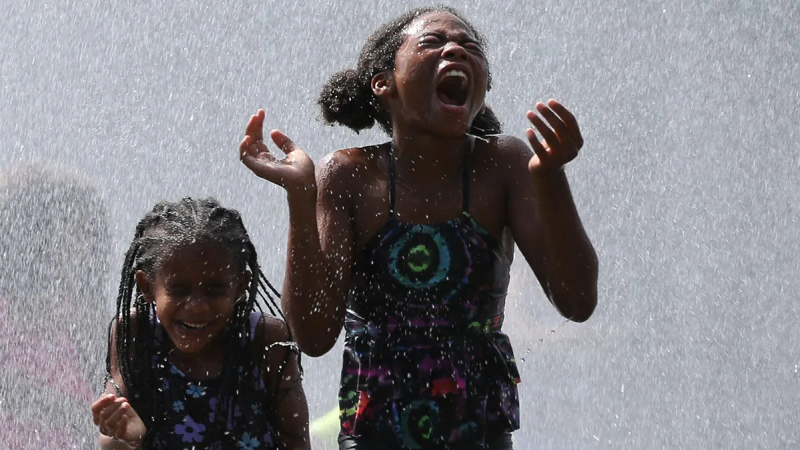Wildfire near Los Angeles burns over 14K acres, forcing evacuations
At least 1,200 people have been evacuated as a wind-driven wildfire quickly spread to over 14,000 acres northwest of Los Angeles, officials said Sunday.
The blaze, dubbed the Post Fire, began Saturday afternoon near the Interstate 5 freeway in Gorman, a community about 68 miles northwest of Los Angeles, according to the California Department of Forestry and Fire Protection (Cal Fire). As of Sunday afternoon, the blaze had spread to about 14,625 acres and was 2% contained.
The cause of the fire remains under investigation, officials said.
According to Cal Fire, California State Park Services have evacuated 1,200 people from Hungry Valley Park in Gorman, where the fire is moving toward. The fire threatened no homes but two commercial buildings were damaged, the Los Angeles County Fire Department said in an update Sunday.
Both the Hungry Valley recreation area and the Pyramid Lake reservoir were closed due to the fire threat. Crews were also responding to a southern part of the fire moving southeast toward Lake Pyramid.

Cal Fire said crews were working to construct perimeter fire lines and aircraft were attempting to stop the fire from further spreading but have limited visibility.
Officials warned residents to remain vigilant and be prepared to evacuate if fire activity changes.
"Slightly higher temperatures and lower humidity are expected to continue through the weekend, residents are reminded to remain vigilant and be prepared to evacuate if fire activity changes," Cal Fire said in its latest incident summary. "Winds are expected to increase from 9:00 P.M. to midnight. Gusts are up to 30 MPH, with stronger winds at the ridge tops, reaching over 50 MPH."
The National Weather Service in Los Angeles issued a red flag warning for the I-5 corridor until 5 p.m. on Monday due to high winds and low humidity. And the California Governor’s Office of Emergency Services prepositioned fire engines and personnel in multiple counties to address the fire, the office announced on Saturday.
When is wildfire season?
Historically, wildfire season typically begins in July and ends around late November to early December, Luca Carmignani, a Fire Advisor from the University of California Agriculture and Natural Resources, told USA TODAY in 2023. This time of year has the driest conditions, which are perfect for igniting and burning vegetation.
"You have these drier months where you don't have a lot of rain, all of the grass and small vegetation that grew in the spring gets drier so it's easier to ignite and burn," Carmignani said. "Also for example, in a lot of parts of the states, those are months where you have strong winds."
Carmignani says these conditions greatly influence fire behavior during this time of year.
Contributing: Kristen Apolline Castillo, USA TODAY
Disclaimer: The copyright of this article belongs to the original author. Reposting this article is solely for the purpose of information dissemination and does not constitute any investment advice. If there is any infringement, please contact us immediately. We will make corrections or deletions as necessary. Thank you.







